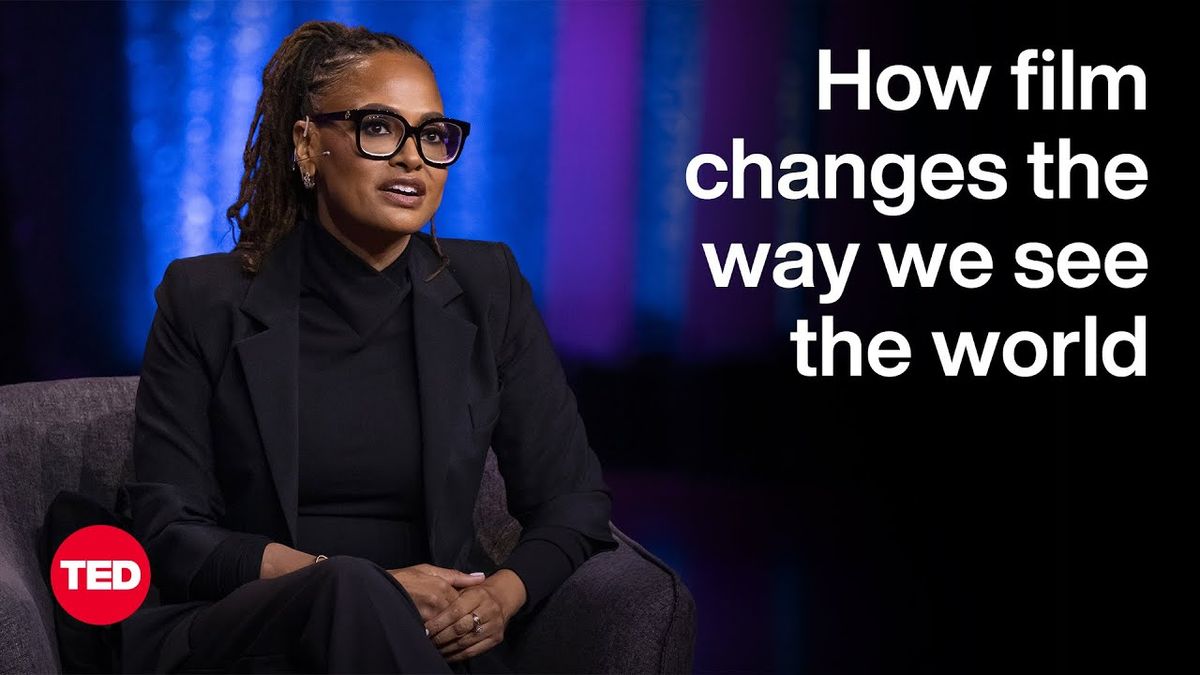I’m really just making what I’m interested in and what I’ve learned and trying to pass it along when I learned the information. I believe images embed themselves in our imagination in a way that words alone don’t. We think in pictures. – Ava DuVernay
Acclaimed filmmaker Ava DuVernay delves into her process of transforming ideas into powerful visual narratives. She shares her journey of adapting the award-winning book ‘Caste’ into a film titled ‘Origin’, and how she uses film as a medium to explore interconnected societal issues and ignite meaningful dialogue.
Table of Contents
- Adapting Complex Themes
- Independent Filmmaking
- Continuous Learning
- Power of Imagery
- Creating Societal Change
- Community and Collaboration
- Concept of ‘Liberated Territory’
- Comfort in Uncertainty
- ‘Origin’: A Personal Journey
Adapting Complex Themes
The adaptation of the complex book ‘Caste’ into the film ‘Origin’ was driven by Ava DuVernay’s interest in exploring interconnected forms of oppression and potential solutions to societal problems.
The film weaves together author Isabelle Wilkerson’s personal journey with deep historical theories related to caste.
Independent Filmmaking
Despite initial lack of interest from studios, funding for ‘Origin’ was raised independently.
This freedom allowed for creative control but also presented financial challenges.

